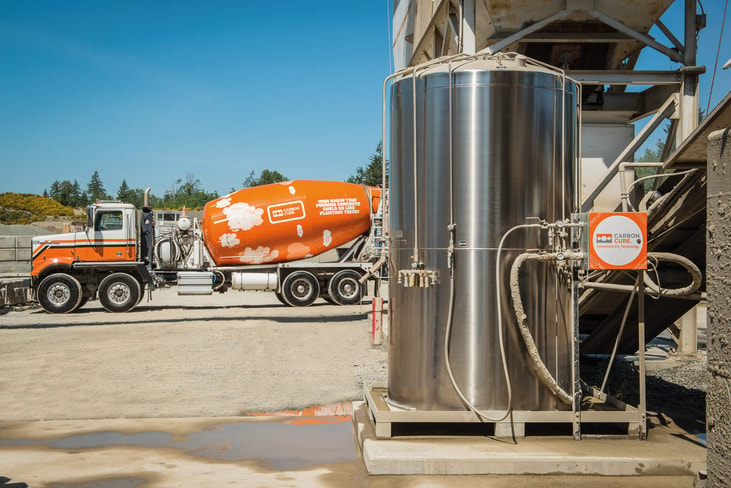CarbonCure’s concrete plan
After more than a decade of trading, CarbonCure Technologies’ CO2-sequestering innovations in cement and concrete are moving into new market spaces and spreading across the world. Christian Annesley spoke to the company’s Head of Carbon Product and Operations, Rahul Misra, about its progress and staggering scale-up ambitions
Creating our built environment – cities, roads, factories, airports, you name it – generates a lot of CO2 and is one of the largest contributors to humanity’s now-well-understood annual greenhouse gas (GHG) emissions. A lot of this impact derives from the production of concrete, which on its own is calculated at between 4% and 8% of total global carbon dioxide emissions. In CO2 terms, the essential component of concrete is cement. It has been calculated that, while it makes up only 12% of the weight of concrete, it is responsible for 95% of concrete’s carbon footprint.
It makes huge sense, then, to try to cut the carbon impact of cement and concrete somehow. A 2022 report from the Boston Consulting Group crystallized the opportunity in greener cement and concrete when its research found that more widespread use of less CO2-intensive cement and concrete could lead to bigger greenhouse gas reductions than investments made in electricity and aviation. Why so impactful? In short, because concrete is the second-most-widely-used substance in the world after water. It has been calculated that its usage worldwide, ton for ton, is twice that of steel, wood, plastics, and aluminum combined.
... to continue reading you must be subscribed
























